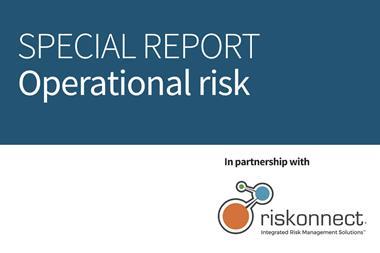by Anthony Murtagh, senior writer at StrategicRISK
Greece, we are told, has been saved again. Early this morning, eurozone finance ministers and leaders of the IMF reached a deal to release the €44bn in bailout funds needed to save the country from insolvency.
As always, the problem is in the detail. In return for the cash up-front, Greece has to cut its debt to 124% of GDP by 2020 – far below what eurozone and IMF inspectors concluded was possible.
First, it is a serious mistake for Europe to focus solely on the numerator in the all critical debt/GDP ratio in this way. Much more important is the direction of Greek GDP itself, and the fact that current projections are little short of being nonsensical.
IMF projections for Greece’s economy – which contracted by an incredible 7% in the last quarter alone – forecast that the country will emerge out of recession in 2014 and grow by 3.9% in 2015, and more than 4% up until 2022.
Why is this nonsensical? Because if Greece achieves anywhere near these projections, it will be the first country not only to have grown its GDP, but also to have achieved a primary surplus, in a time of deleveraging. Under Keynesian rules, this is an impossibility, since it determines that a country’s GDP can grow only if its debt grows in parallel.
So despite all historical evidence pointing to the contrary, Greece has to somehow meet fantastical projections and increase its GDP by €50bn – or 21.7% – by 2020 for this 124% debt/GDP target to be hit. Pigs will fly …




















No comments yet